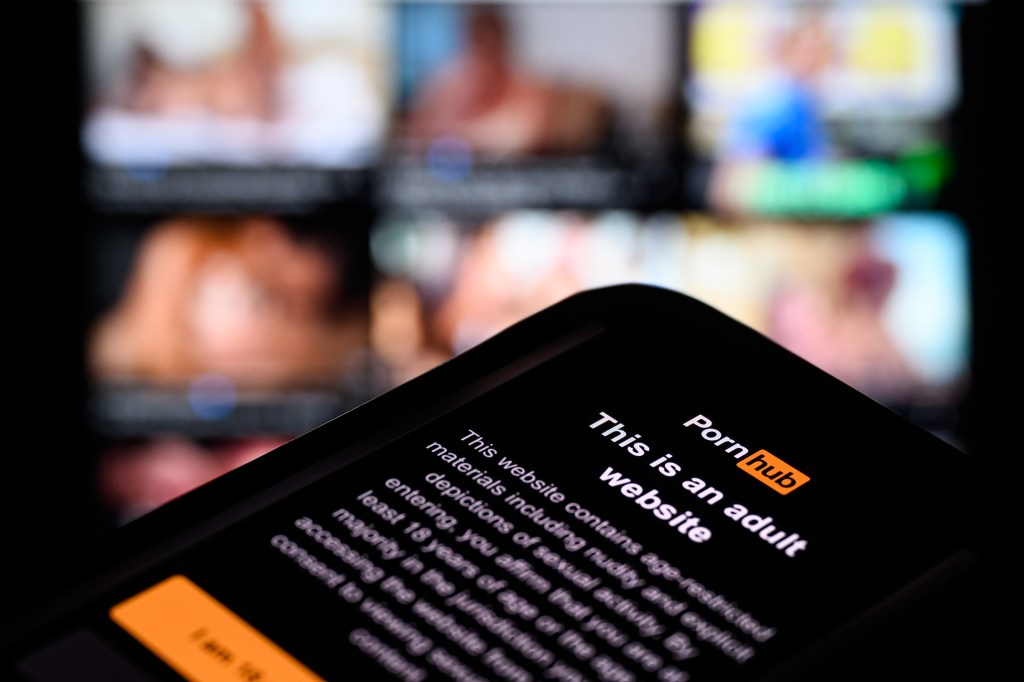At the National Society for Compliance Professionals’ annual conference on Tuesday, three panelists presented on a topic of great concern and much recent debate and discussion: Generative AI. And, more specifically, the implications of such artificial intelligence tools for compliance officers and their employers.
Alex Gavis, special counsel at Eversheds
Register for free to keep reading
To continue reading this article and unlock full access to GRIP, register now. You’ll enjoy free access to all content until our subscription service launches in early 2026.
- Unlimited access to industry insights
- Stay on top of key rules and regulatory changes with our Rules Navigator
- Ad-free experience with no distractions
- Regular podcasts from trusted external experts
- Fresh compliance and regulatory content every day

















